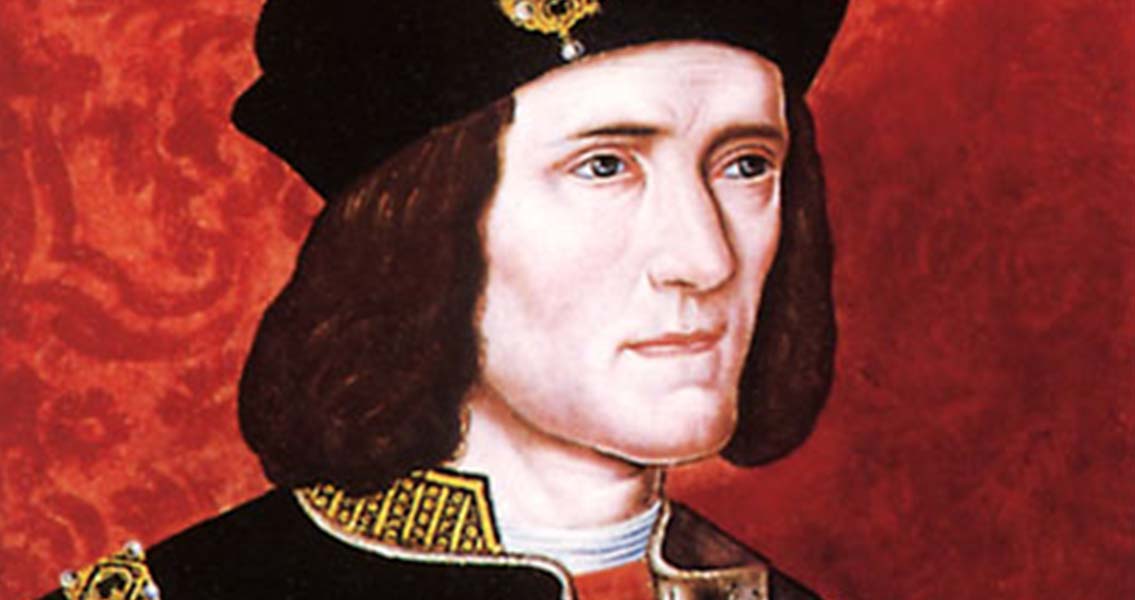<![CDATA[Just a over a month ago the news broke that scientists had made discoveries about Richard III’s lavish diet, by looking at his teeth and bones. They vowed to continue studying the infamous king, and have now unearthed even more shocking details about him. Geneticist Turi King, of the University of Leicester, has stated that she and her colleagues are now 99.999% sure that the bones found beneath a car park did indeed belong to Richard III. She also says that there is now genetic evidence suggesting Richard had blonde hair and blue eyes. This is a far cry from portraits that typically portray him as having dark eyes and dark brown hair. The latest evidence is published in the journal Nature Communications. King reached her dramatic conclusion after testing the genes that determine hair and eye colour. From the analysis she deduced that there was a 96% possibility that Richard III had blue eyes, and a 77% chance that he had blonde hair. If King's findings are correct, then the only accurate portrait of Richard III is in the Society of Antiquaries of London. It must be noted however, that it is possible for hair to darken with age. Nevertheless, the find is still remarkable, and some are suggesting that the dark-haired, dark-eyed portraits of Richard III were all fueled by propaganda. The study of Richard III's DNA has also raised some interesting questions about his and other monarchs' claims to the throne. Detailed genetic testing has already confirmed that two living relatives on his female line are exact matches to his mitochondrial DNA - Michael Ibsen and New Zealand born Londoner Wendy Dulig. The issue is with the male line, carried on the Y Chromosome. So far, no living relative on this line has been found. King identified five potential living relatives of Richard on the male line, that should have provided a link to Edward III, one of Richard's predecessors. One was immediately ruled out following the detection of a recent 'false paternity' event. After testing the remaining four, King determined there was still no match with Richard's DNA on the male line. This reveals that there was at least one case of false paternity on the line of fathers and sons leading back to Edward III. The chain linking Richard III and Edward III had nineteen links, and at present King's team are unsure exactly where the break occurred. Genealogy expert Kevin Shürer told CNN that if a break in true lineage had happened on the Yorkist line, then the legitimacy of the Yorkist dynasty and Richard himself to have ruled England would be brought into question. If the break occurred on the Lancastrian line, then the legitimacy of that line would fall. The Tudor dynasty was connected to this line, meaning one of the most famous ruling families in British history, one that included monarchs such as Henry VIII and Elizabeth I, could have been illegitimate. The questions over legitimacy will not affect Queen Elizabeth II however. Although the Queen does have a connection to the Lancastrian and York families, the house of Windsor came to the throne through centuries of marriage, conflict and conquest. Her claim to the throne is not dependent on a direct line from Edward III. This article was updated on 9th December 2014 ]]>
Scientists Discover Shocking Facts About Richard III
